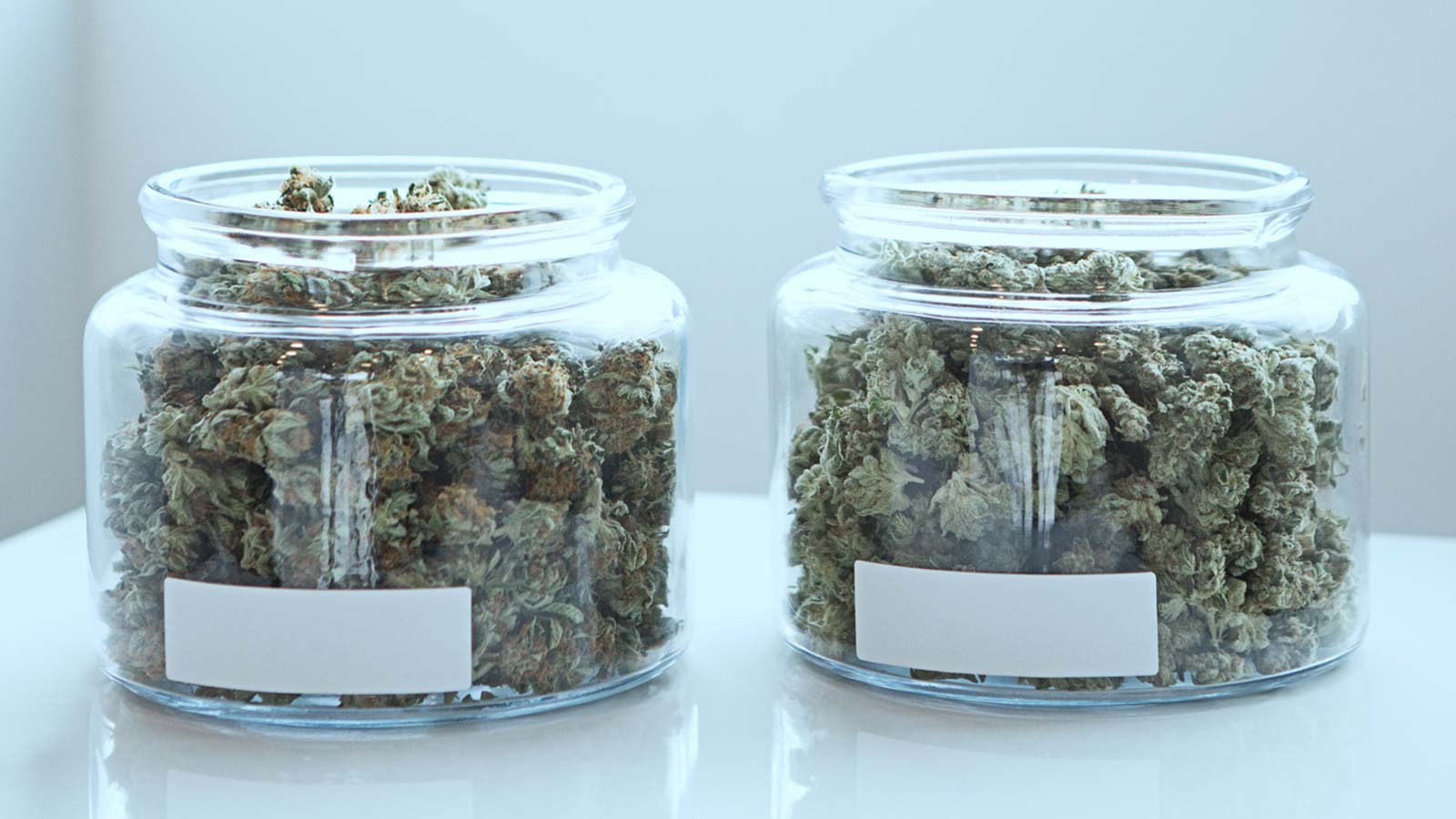
September 2, 2019
Indica vs Sativa: What’s the Difference?
While browsing marijuana strains or purchasing medical marijuana from a dispensary, it’s common to see strains divided into three categories: indica, sativa, and hybrid.
Indica and sativa are two primary species of the marijuana plant, and cross pollination of these two species breeds hybrids. These general categories reflect the widely understood classifications of marijuana and have been used to distinguish the experiences associated with particular strains. However, there are much more important differences to consider.
With this in mind, these are the key distinctions largely accepted by marijuana connoisseurs:
Indica
- Plants have shorter flowering cycles (6 to 8 weeks) and are able to thrive in colder climates native to the mountainous regions of Afghanistan, India, Pakistan, and Turkey
- Plants are short in stature (2 to 6 feet) with wide, broad leaves and dense, plump buds
- Strains often have higher levels of cannabidiol (CBD) and less tetrahydrocannabinol (THC)
- Strains are commonly associated with relaxing and calming effects, while providing mainly a “body high”
- Strains are usually consumed at night due to their sedating effects
Sativa
- Plants have longer flowering cycles (10 to 16 weeks) and are able to thrive in warmer climates native to the tropical regions of Africa, Central America, and portions of West and Southeast Asia
- Plants are tall in stature (8 to 15 feet) with long, thin leaves and airy, elongated buds
- Strains often have higher levels of THC and less CBD
- Strains are commonly associated with invigorating and energizing effects, while providing mainly a “mind high”
- Strains are usually consumed during the day due to their stimulating effects
Hybrids are the result of crossbreeding indica and sativa plants and tend to be labeled as indica-dominant, sativa-dominant, or balanced. Hybrids are commonly grown to target specific effects, which are partly determined by the unique ratio of the two parent plants.
The three-category system used to predict marijuana effects is generally useful—especially for those new to the medical marijuana market. However, there is growing demand in the scientific community to abandon these categories and focus instead on a strain’s chemical composition to determine its potential effects.
The differences between indica and sativa do not serve as an accurate indicator for the effects experienced by a consumer.
Dr. Ethan Russo is a subject matter expert on the medicinal use of marijuana and currently resides as the Director of Research and Development at the International Cannabis and Cannabinoids Institute (ICCI)—a collective of global stakeholders from academia and private industries, committed to advancing medical marijuana research.
In 2016, Dr. Russo insisted that “accurate biochemical assays on cannabinoid and terpenoid profiles be available for [marijuana] in both the medical and recreational markets” and further claimed that “scientific accuracy and the public health demand no less.”
The differences between indica and sativa are rooted in each plant’s physical traits and attributes. However, these differences do not serve as an accurate indicator for the effects experienced by a consumer. As Dr. Russo suggests, the combination of chemicals in a plant is the superior predictive factor. These chemicals, which include THC, CBD, and hundreds of other cannabinoids are what distinguish a particular marijuana strain and its medical benefits.
As you explore medical marijuana and determine the right product for you, be sure to also consider the following:
- Your desired effects. What do you intend to feel or treat? This question will help you pinpoint potential options. Discuss your goals with a dispensary employee, who may have recommendations to best suit your needs.
- Your tolerance. With a variety of marijuana strains comes a variety of potencies. For first-time users, a low-THC and high-CBD strain may be the most tolerable and provide a less overwhelming experience. Start with a low dose. And if you desire stronger effects, increase your dosage or try experimenting with THC-dominant strains.
- Your medical history. As with any medicinal remedy, there are potential side effects involved with marijuana. Before treatment, consult your doctor or other healthcare professional to identify possible interactions with your existing medical conditions and medications.
- Your preferred consumption method. There are different ways to consume medical marijuana. In Pennsylvania, patients have the option to deliver product orally, topically, or by inhalation through vaporization. Each technique has its benefits and drawbacks. If you choose to vape, for example, you may experience effects quicker than if you were to use a transdermal (i.e., topical) patch. For more information on consumption methods, check out Medical Marijuana Consumption Methods in Pennsylvania.
At Calypso, we are dedicated to helping patients make more informed decisions. With above industry-standard testing, we are able to record complete and accurate cannabinoid and terpene profiles for each of our strains. With comprehensive chemical profiles, we can better predict the effects our strains produce and ultimately provide patients a better experience.
Stay tuned for more as we near our product launch!


